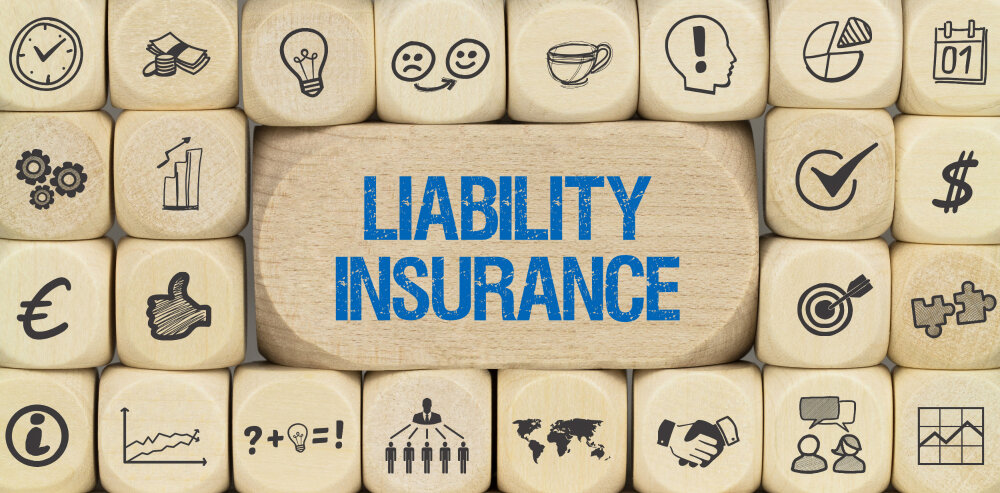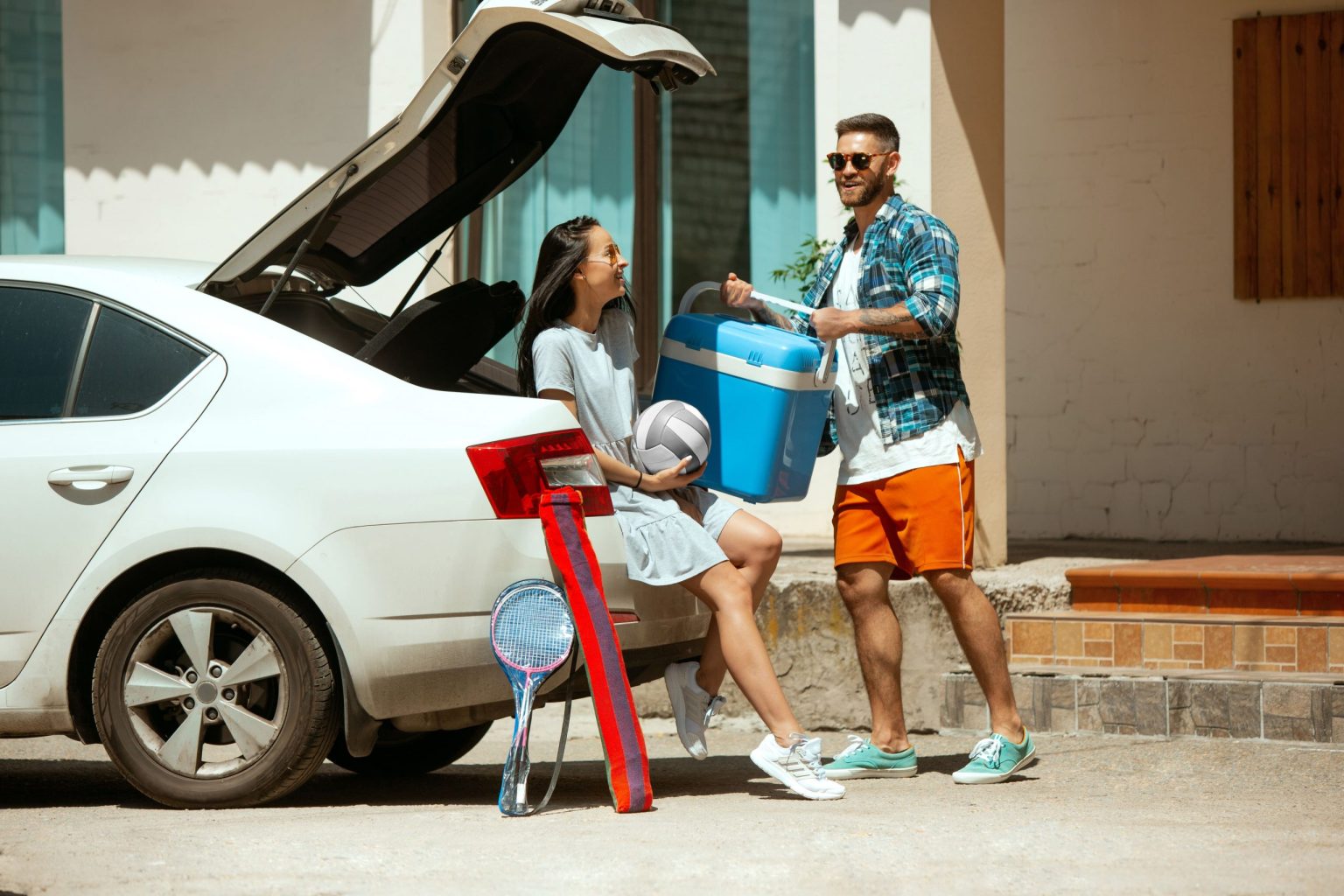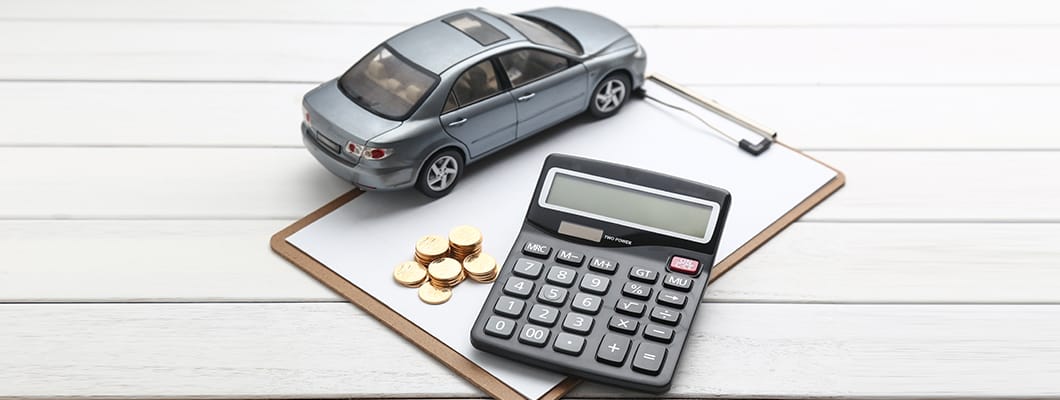Liability insurance helps cover medical and legal fees if you’re held legally responsible for someone else’s injury, or damage to someone else’s property. Drivers are required to carry liability insurance in nearly every state.Auto liability insurance helps financially protect you if you’re found at fault in an auto accident. It can help cover an injured person’s medical bills or repairs to someone’s vehicle. Drivers are legally required to carry liability insurance in most states.
Liability insurance comes in two forms: and property damage liability coverage. They break down like this:
Bodily injury liability coverage (sometimes abbreviated as “BI”)
Bodily injury helps pay for an injured person’s medical expenses if you’re found at fault in an accident. It can also help cover legal fees if you’re sued.
Property damage liability coverage (sometimes abbreviated as “PD”)
This coverage helps pay for repairs if you damage someone’s property. For example, if you rear-end another car, it can help pay for auto shop fees so you’re not stuck with the whole bill.
The amount your insurer will pay for a covered liability insurance claim depends on the coverage limits you choose. Each state sets minimum coverage limits for bodily injury liability and property damage liability that drivers must purchase, but you may decide to buy additional coverage. You may see three liability coverage limits on your car insurance policy:
Property damage liability limit.
This is the maximum amount your insurer would pay to repair damage you cause to another party’s property. The maximum payout would not exceed the limit you’ve set.
Bodily injury liability limit per person.
This is the maximum payout for each person who’s injured in an accident that you cause.
Bodily injury liability limit per accident.
This is the total amount your insurer will pay out for all medical expenses for a single accident you’re at fault for. It’s important to set this limit at an amount that makes you comfortable—it may be needed to help pay for the medical expenses of multiple people.
Most insurers package bodily injury and property damage limits together. For example, your policy may look something like this:
25/50/10 ($25,000 BI per person limit, $50,000 BI per accident limit, $10,000 property damage limit)
or
100/300/50 ($100,000 BI per person limit, $300,000 BI per accident limit, $50,000 property damage limit)
Your coverage limits depend on the packages your insurer offers. In other words, you may not be able to choose individual limits for bodily injury or property damage coverage.
Liability coverage typically doesn’t pay to repair damage to your own car after an accident-collision coverage helps with that. It also doesn’t pay to repair damage caused by other factors, such as hail-that’s where comprehensive coverage comes in.
While liability coverage helps pay for the medical costs of someone you injure, it doesn’t pay for your own injuries. That’s why you may want to consider medical payments coverage or personal injury protection, depending on which state you live in.
Speak with your insurer if you have questions about auto liability insurance or your state’s coverage requirements.




